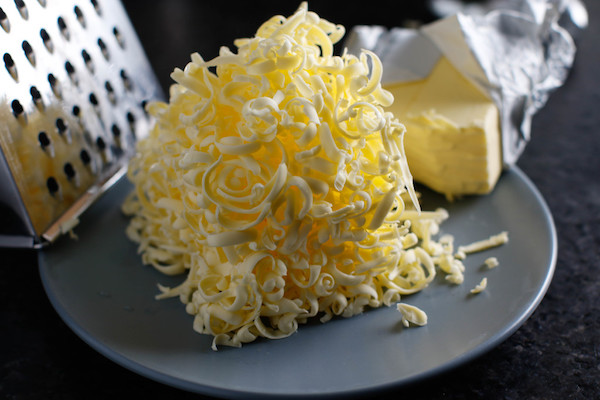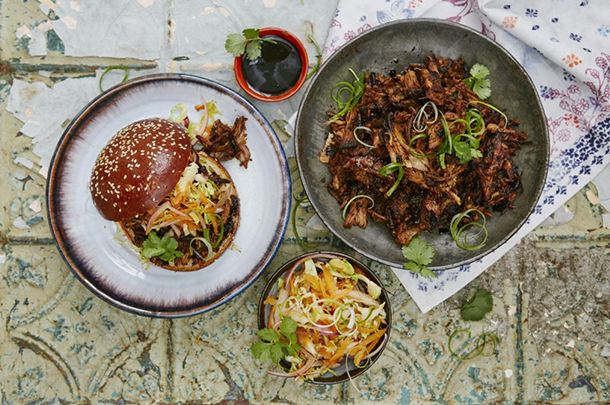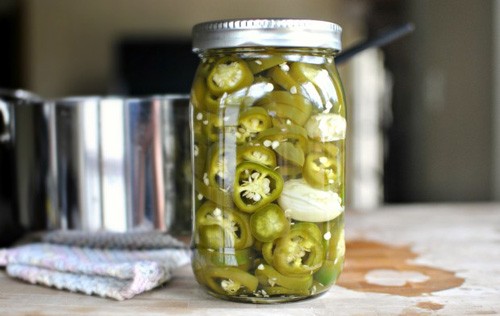
It can be discouraging setting your fitness New Year’s Resolutions and not being able to keep them by the time spring arrives. You feel motivated to start but somewhere along the way you lose energy, can’t keep up with your exercise routine and don’t have anyone to hold you accountable.
Here’s 4 ways to stay on a track with your fitness resolutions:
Set realistic goals
At the start, you’re motivated to make your health a priority but tend to overexert yourself. You’re willing to implement a new meal plan and exercise 4 times a week. Eating well and exercising multiple times a week are both realistic lifestyle changes, however, when you begin, it’s important to stay realistic.
Tip: Look at your current schedule and plan 1-2 fitness activities for the week. Once you feel comfortable and consistent with those days, add another class. This will allow you to ease into a new routine and make sustainable positive changes.
Find an activity that you enjoy
Doing an exercise routine that feels like a chore, limits your ability to achieve your goal. Exercise comes in many forms and can even include activities such as gardening, playing with your kids or going for a walk.
Tip: Brainstorm a list of activities that get you moving and you enjoy, or think you might enjoy, and schedule them in your calendar.
Find the right support
Not only should you set realistic goals and enjoy what you do, you should find the right support group or partner that will hold you accountable throughout the year. Kevin O’Connor, a competitive road runner and coach, relies on his support team to get through the rainy cooler months in Vancouver, BC. “Training through the colder months, I think it’s very important to find a group. If you can’t find a group then try and find a training partner so you know that when it’s cold, wet and miserable, someone’s going to be there and you’re accountable.”
Tip: Sign up for a weekly fitness group or pair up with a friend. Exercising with a group or friend will be more enjoyable and you can keep track of each other’s progress.
Supplement with the right joint health product
Increasing your physical activity may leave you feeling too sore to continue and increase your chances of giving up on your goals all together. Your recovery process is an important part of your fitness routine and should not be avoided. Stretching, hydrating, eating a balanced diet and supplementing with the right joint health product, allows you to regain your energy and support your joint health and mobility.
“As a running athlete, I find SierraSil Joint Formula14 and Pain Relief Topical Spray enables my recovery from the same hard workouts that I ran 17 years ago when I was at my peak. Taking SierraSil products has assisted greatly in my training with confidence after hard workouts and now I’m running almost as well as I was in 1994 and 1996.” – Kevin O’Connor
SierraSil, a clay-mineral that aids in easing joint and muscle aches, reduces delayed onset muscle soreness and calms inflammation. SierraSil has allowed many to get back to their regular physical activities without experiencing chronic pain and stiffness.
Tip: Pick up a bottle of Joint Formula14 at your nearest London Drugs to help you ease into your fitness routine.
For more advice on joint health products such as SierraSil, speak to a London Drugs pharmacist today.











